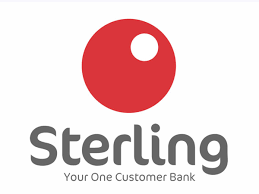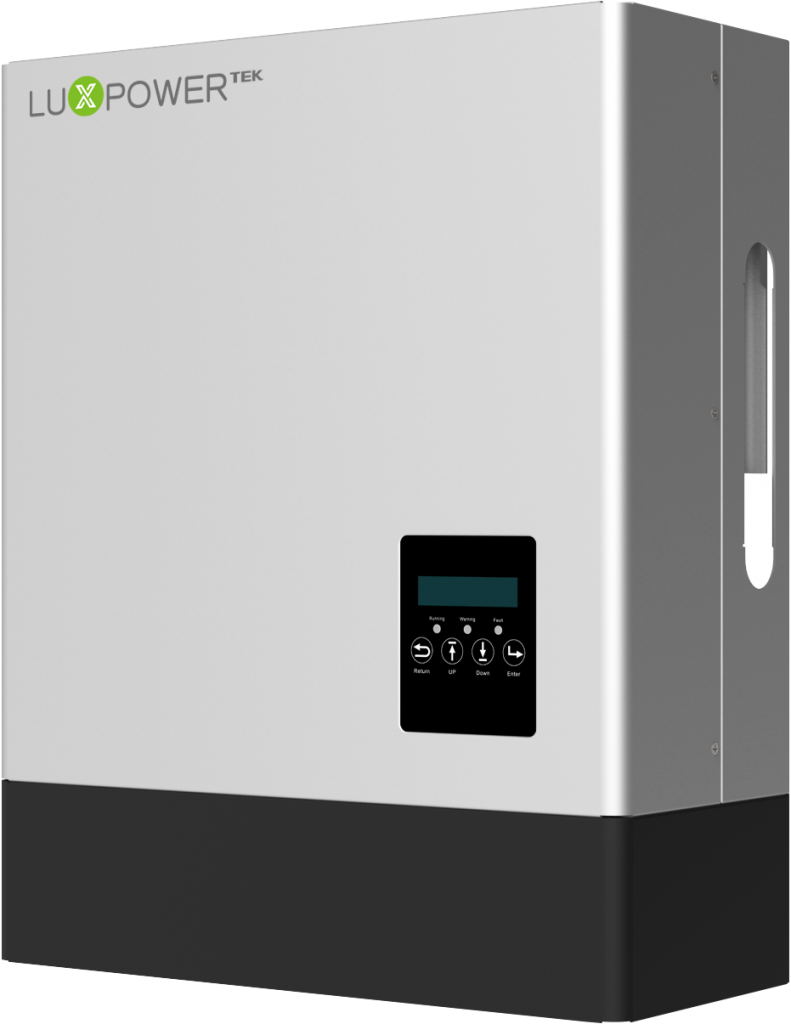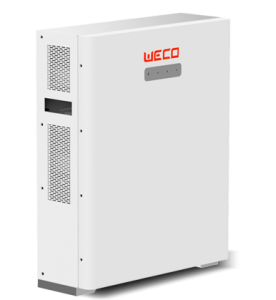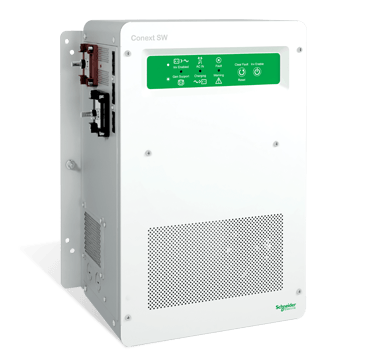12.10.2020, Niyi Oyedeji
THE anger and frustration on Adelana Martins’ face are unmistakable – there is a power outage just about the time he wants to iron his clothes.
The power failure has thwarted his plan to appear at work by 2 pm in crispy uniform. Yet, he dares not appear in office in mufti, and he cannot be absent from duty without prior notice or a genuine reason.
Martins, 47, and a resident of Igbusi community of Ifo Local Government Area of Ogun State, like many others in the community agonize daily on the epileptic power supply from the Ibadan Electricity Distribution Company (IBEDC).
IBEDC is one of the eleven private companies licensed by the Nigerian Government to distribute power to customers since the privatisation of what used to be Power Holding Company of Nigeria (PHCN) in September 2013.
He was visibly agitated not only about the epileptic power supply in his community but also the ‘crazy bills’ that IBEDC charges even for the poor service.
“We have not had light for two hours in the last 24 hours and we don’t even know when next they would restore it,” Martins says, as he looks forlorn at his wrinkled uniform on a pressing table.
“It can be like this for the next three days, yet they would bring a humongous bill for us to settle at the end of the month,” he adds.
Nigeria currently generates about 4000MW which is insufficient for the consumption of about 200million of its population. According to USAID in a report, Nigeria, the largest economy in Sub-Saharan Africa has the potential to generate 12,522 megawatts (MW) of electric power from existing plants because of its huge endowment in oil, gas, hydro and solar resources.
Martins and other residents in his shoes pay as much as N10,000 estimated bills at the end of every month for electricity supply, which according to him, they “never enjoyed.”
“We only pay for darkness,” he says.
Like Martins, Folarin Gbadamosi , who runs a barbing shop in Oke-Ijebu area of Akure, Ondo State, southwest Nigeria decries the high power bill that does not reflect the electricity consumption in his area.
“They only give us power for about four hours out of the 24 hours in a day, yet we pay N8,000 bill every month,” Gbadamosi laments.
The alternative power source which is a small generating set known among locals as “I pass my neighbour” is also not sustainable because of the daily cost of fuelling it. The dismal supply of electricity in the area threatens the survival of his barbing business.
“This electricity no longer favours me, I will soon disconnect myself from it to concentrate on powering my shop with a generator, says the barber angrily “
Tariffs amidst poor power generation, distribution and COVID-19 pandemic
Power generation and distribution have been two major challenges confronting Nigeria’s power sector, despite being the largest economy in Africa. Its generation has not gone beyond 4,000MW while poor distribution is the reason the government cited recently to announce tariffs hike.

Nigerians on September 1, woke up to a 100 percent increment on the electricity tariff plan, a surge that caught many people unaware.
The Nigerian Electricity Regulatory Commission (NERC) suddenly increased the light bill known as electricity tariff from 30.23 Naira for one kwh (kilowatt unit of energy per hour) to as much as 62.33 Naira per kwh.
The NERC is primarily to regulate the tariff of power generating companies owned or controlled by the government, and any other generating company which has a license for power generation and transmission of energy, and distribution of electricity.
Explaining his plight with the recent increment, Abiodun Olusoji, a resident of Chika area of the Federal Capital Territory, Abuja, Nigeria’s capital city says the increment in the electricity tariff does not only caught him unaware but would make life difficult for him as a worker with a private organisation.
“It’s like the government is out to make life difficult for us in this country, despite the coronavirus pandemic that has crippled so many businesses, the government still deemed it fit to increase the electricity and fuel price now,” Olusoji said.
Victoria Dennis, a resident of Ikorodu, Lagos State, Nigeria who is also dissatisfied with the recent increment in the electricity tariffs stated that the unit of power she bought recently was sold at a double amount, an increment she said would affect her cost of living.
“I went to buy electricity yesterday for our prepaid meter and I could only get a 25-kilowatt unit for 1,500 when I could have gotten like a 60-kilowatt unit for the same amount.”
Despite the increase in Nigeria’s electricity tariff, an outrageous number of the country’s population still lack access to electricity,
Bloomberg reported that an average home in Nigeria gets national grid power for about nine hours daily, which could be worse in some communities and homes.
The World Bank noted that only 57 percent of the country’s 200 million population have access to electricity.
While just 31 percent of people living in the country’s rural areas have access to electricity, the 82 percent of people living in the urban areas who have access to electricity still usually experience persistent power outages.

Infographics on Access to Electricity in Nigeria by Niyi Oyedeji
Bridging the gap with sustainable solutions
In a bid to solve the country’s power problem, Nigeria’s Government has so far spent over N1.7 trillion on the country’s power sector in the last three years but had little or no impact on the already privatized sector.
Meanwhile, so many recommendations made towards salvaging the country’s energy crisis hinged on exploring renewable energy potentials.
Alice Adedayo, Principal consultant at African Energy Advocacy Initiative noted that one of the major keys to sustainable energy in Nigeria is to decentralise energy generation for communities that are off the national grid, adding that such efforts can be made through the use of renewable energy solutions such as bioenergy, solar and wind energy to power underserved communities.
“The government should also ensure full operationalisation of Feed-in Tariff, which allows private companies to send excess energy generated from other energy sources into the national grid, hence the need for policy harmonization across complementary ministries in the power sector value chain,” she said.
On her own part, Yetunde Fadeyi, founder of Renewable Energy and Environmental Sustainability Initiative for Africa (REES Africa) noted that even though access to energy is fundamental for socio-economic development and poverty eradication but the country needs to do more in diversification and exploration of sustainable energy sources to ensure problems surrounding energy access is solved.
“There is a need for scenarios that ultimately include the hybridization, exploitation and promotion of renewable energy resources, energy efficiency practices, as well as the application of energy conservation measures in various sectors,” Fadeyi recommends.
“There is also a need for favourable policy intervention and incentives to further drive access to power significantly for the pro-poor and encourage low carbon decentralization instead of the use of dirty fossil fuels.”
The United States Agency for International Development (USAID) also noted that improving the power sector is critical to addressing development challenges in Nigeria.
Oluwaseyi Falaye, the Chief Executive Officer (CEO) of Econergco limited, who stated that the carbon emissions in the country remain on the upward trajectory because of the continuous intensive use of fossil fuel-powered electricity due to erratic power supply from the national grid stressed the need for advancement in sustainable energy technologies.
“The advancement in sustainable energy technologies like energy storage, smart grid solutions, continue falls in the cost of solar power and energy storage, and renewable energy sources in the country serve as an impetus for solving the energy crisis in the country sustainably,” Falaye states.
“The renewable sources in Nigeria are estimated to worth over 500 gigawatts of power and that includes; about 500 gigawatts from solar energy, over 15 gigawatts from hydropower, while wind and bioenergy are estimated to have the capacity to provide 10 gigawatts of clean, green, and sustainable power but for Nigeria to enjoy reliable electricity supply through sustainable power sources there is a need for the government to provide an enabling environment and fiscal regime to attract foreign direct investment for renewable energy projects development,” he said.
Source: https://www.icirnigeria.org/special-report-in-nigeria-citizens-pay-more-for-darkness-than-electricity/
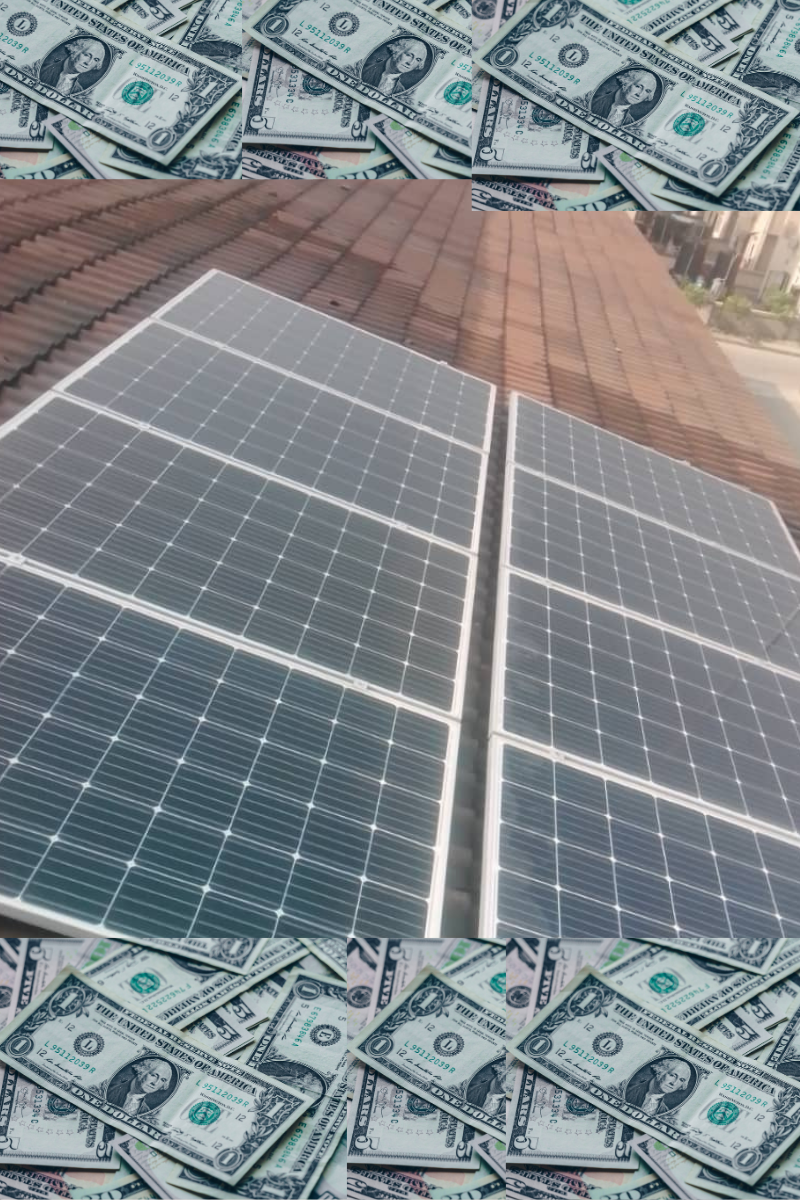
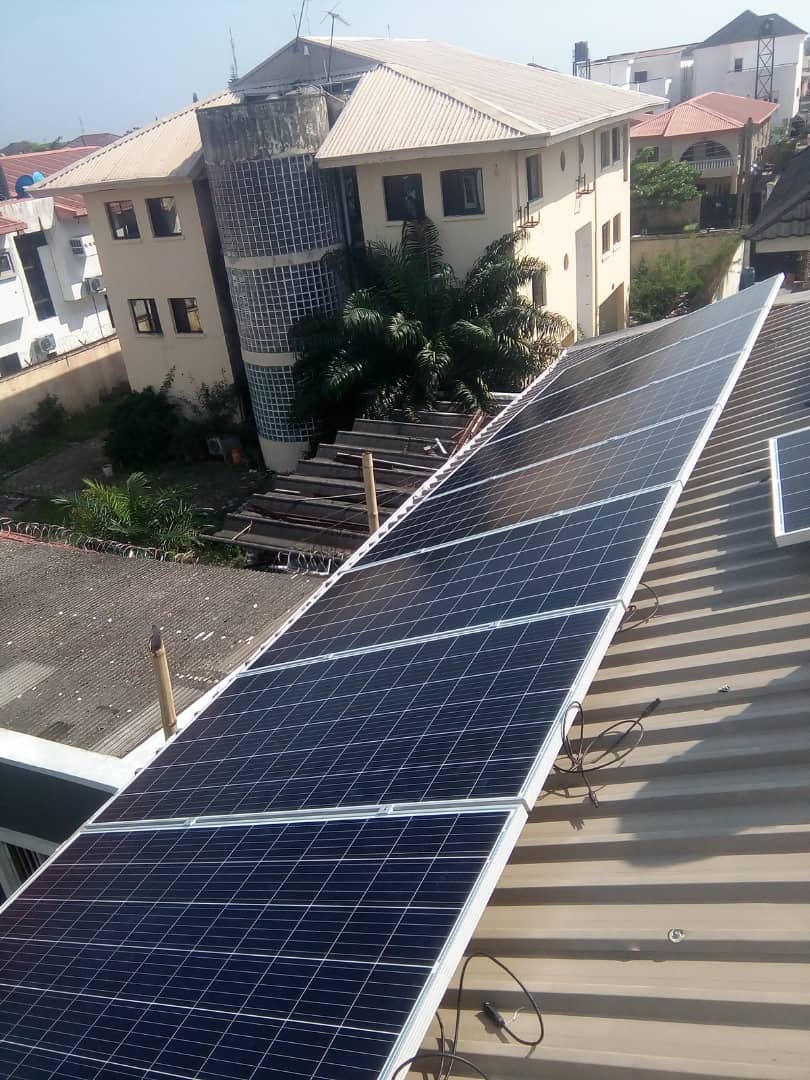


![A woman checks batteries at the Abs solar microgrid station [Photo courtesy of SDF YEMEN]](https://www.aljazeera.com/wp-content/uploads/2020/10/yemen-3.jpg?resize=770%2C513)
 Abs solar microgrid co-owners repair solar panels [Photo courtesy of SDF YEMEN]
Abs solar microgrid co-owners repair solar panels [Photo courtesy of SDF YEMEN] The site of the solar microgrid project in Abs [Photo courtesy of SDF YEMEN]
The site of the solar microgrid project in Abs [Photo courtesy of SDF YEMEN] A woman works at the Abs station [Photo courtesy of SDF YEMEN]
A woman works at the Abs station [Photo courtesy of SDF YEMEN]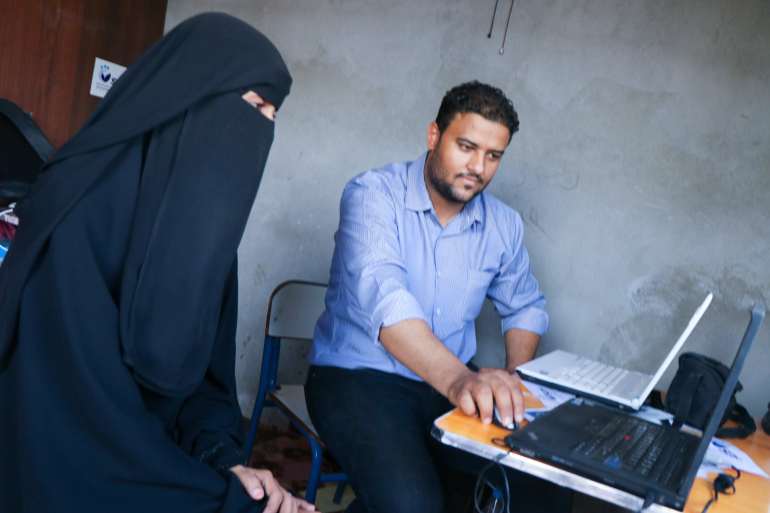 A woman works at the Abs station [Photo courtesy of SDF YEMEN]
A woman works at the Abs station [Photo courtesy of SDF YEMEN] A woman checks the metres at the Abs station [Photo courtesy of SDF YEMEN]
A woman checks the metres at the Abs station [Photo courtesy of SDF YEMEN]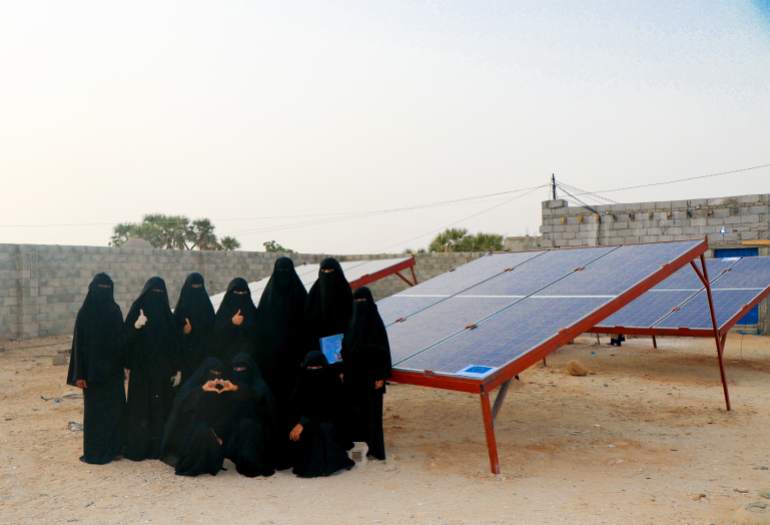 The ‘microgrid girls’ alongside solar panels at the project in Abs [Photo courtesy of SDF YEMEN]
The ‘microgrid girls’ alongside solar panels at the project in Abs [Photo courtesy of SDF YEMEN]
